by James Hart
Originally part of Ralph Baer’s “Shooting Gallery” expansion, Dogfight was released for the Magnavox Odyssey in 1972. There were no scores per se, and certainly no characters, missions, or upgrades. As with other Shooting Gallery games, Dogfight was colorized with a translucent plastic overlay that players had to place on their television screens.
It was in all likelihood the first military first-person shooter in history.
As with military history, context is important when discussing video game criticism. How historically accurate should games be? What liberties are designers allowed to take when portraying historic events? These questions would be ridiculous if posed while the gaming industry was in its infancy. But we’ve come quite a long way since the Magnavox Odyssey’s Dogfight, and as military games continue to expand, so too have our sensibilities.
[text_ad]
Brothers in Arms 3: Sons of War was released by Gameloft in mid-December 2014. It is now the latest in a long line of World War II-era shooters that includes ten previous titles, beginning with Road to Hill 30 in 2005. Gameloft promises that with this latest release, players will get to “live through a powerful tale of personal revenge in the aftermath of the D-Day invasion.”
Under scrutiny, however, Brothers in Arms 3 appears to have very little to do with D-Day, the Normandy Invasion or the European Theater.
Accurate Weapon Design: How Important Is It?
First, there are the weapons. While progressing through the game, players are given the opportunity to obtain a series of period-specific firearms: the M1 Garand, the Sten and the FG 42, among others. Each weapon has its own pros and cons, and varies greatly in performance statistics: fire rate, stability, reload speed and clip size.
None of the above three weapons seem close to the mark when it comes to their simulated firing rate. If accurate, the game’s base stats for the M1 Garand allow players to spray enemies with bullets at a rate two to three times faster than the war’s most seasoned veterans. The opposite is true of the Sten and FG 42, which appear to have been throttled down to one and two thirds of their respective rounds per minute.
Is this nitpicking? Is it really that imperative for the game designers to accurately simulate the firing rates of these three guns when the game’s “experimental” weapons feature lightning bullets and infinite ammunition? Perhaps not. But it’s not just the guns that are out of place here.
Painting Over History
As other reviewers have pointed out, the game designers made some bizarre aesthetic choices when detailing Brothers in Arms 3‘s various settings. There are quite a few locations in which the missions take place—industrial facilities, French countrysides and abandoned urban centers, for starters. But consistently missing from each is the most obvious indication that it really is Nazis you’re fighting—there are flags, banners and emblems adorning each location, but no swastikas are to be found anywhere in the game. Instead, the designers used an ambiguous derivative that neither disrupts sensibilities nor offers its supposed historic setting any favors.
Was this necessary? Perhaps for German audiences; there are, after all, still serious laws on the books there regarding any portrayal of Nazi or Third Reich paraphernalia. This is clearly a creative liberty—the designers are rewriting history a little bit here—but how serious is this? Isn’t this just another pedantic complaint?
Not if these creative liberties have consequences.
The Problem With Historical Fabrication
The “powerful tale of personal revenge” mentioned in Gameloft’s marketing materials refers to the overall story arc that drives the events preceding and following each mission. Chapter 1 drops players into Creully, France, roughly one week after the D-Day landings. Your team begins to engage the enemy during several skirmishes leading up to a massive German stronghold—presumably the picturesque Château de Creully. “A scout team was sent ahead but didn’t return,” Campaign 3 of the first chapter begins. “Despite that, with the castle in sight and just one final outpost to take down, I ordered the team to advance.”
Except there was no Allied assault on Château de Creully on June 12, 1944. It was the main base of operations for the BBC’s wartime journalists from June 7 to July 21; Field Marshal Montgomery would use the castle as a base of operations after D-Day. The game’s story is complete fabrication.
But so what? How is this different from the next mission, which involves rescuing fictional French resistance fighter Rachelle Dubois? What exactly is the harm here?
This is an excerpt from godisageek.com’s review of the game, posted on December 22, 2014:
“The action takes place across six campaigns, each of which are set in prominent Second World War locations such as occupied Paris, or a Nazi castle in Germany.”
As the subsequent game chapters referenced in the above article are based in Italy and Belgium, it seems that the Château de Creully is the aforementioned “Nazi castle.”
There’s a distinction to be made between fiction and lies; the former only becomes the latter when others take it as the truth. Despite scores of apologists who dismiss inaccuracies and fabrications as creative diversions that players just ignore anyway, this is exactly how we become misinformed about history.
This was of course not a consideration in 1972, when our technological limitations were so numerous. Games were interpretive to the abstract, and the challenge was for designers to convey any message at all.
Not so today, 43 years later. In the age of XBOX One, Steam and PS4, not only can we accurately portray an M1 Garand, we can also simulate its firing capabilities and the audible ping of an empty clip as it’s ejected. From bowing blades of grass to entire cityscapes, we can create worlds rich in sensory detail. We can beautifully render famous landmarks and myriad environmental conditions. Voice actors can populate scenes with vibrant characters as accurately as any radio drama, with cinematics that now star our favorite Hollywood actors. We can no longer hide behind the technology employed in game design to justify our taken liberties with history. We can’t just misrepresent real events and say “it’s just a game.” We have the capability and responsibility to get it right.
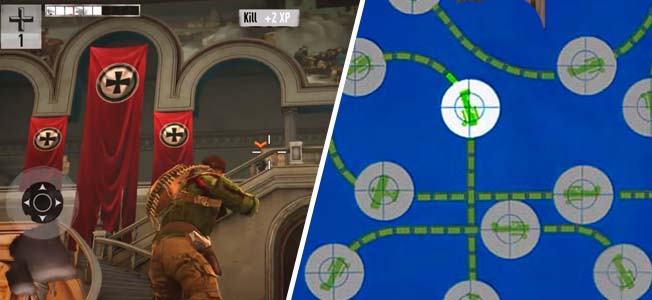
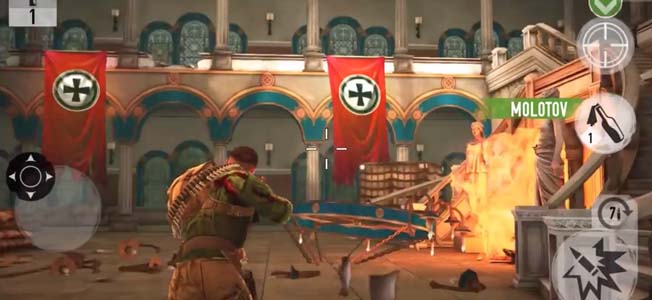
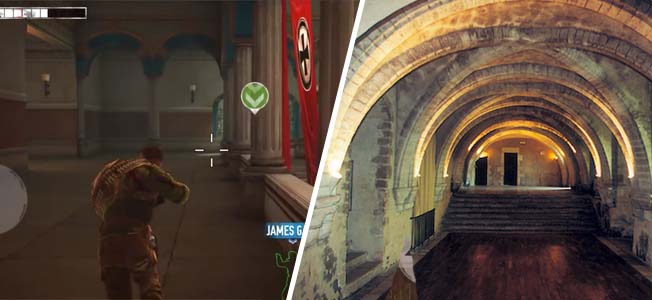
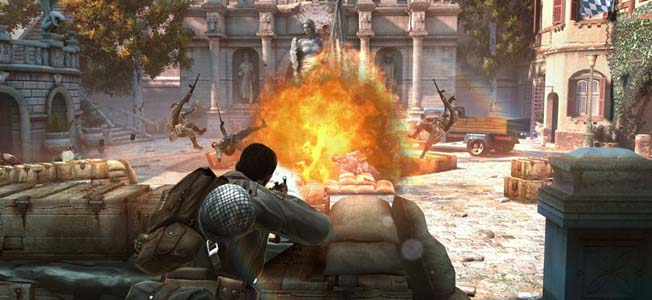
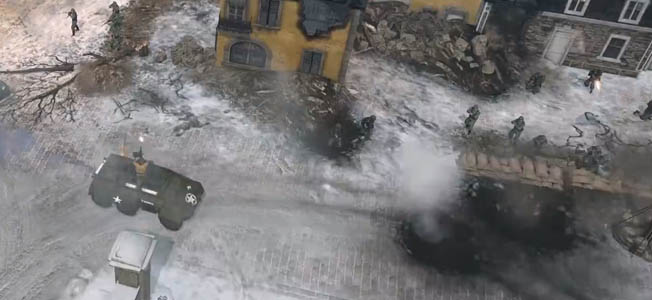
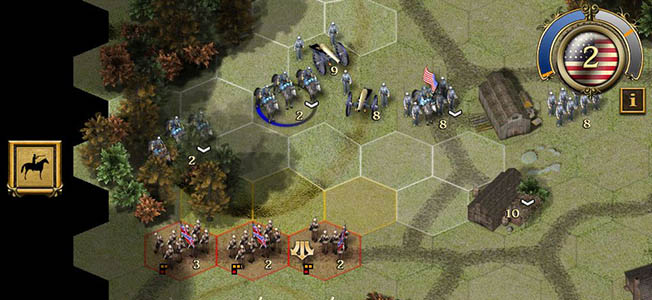

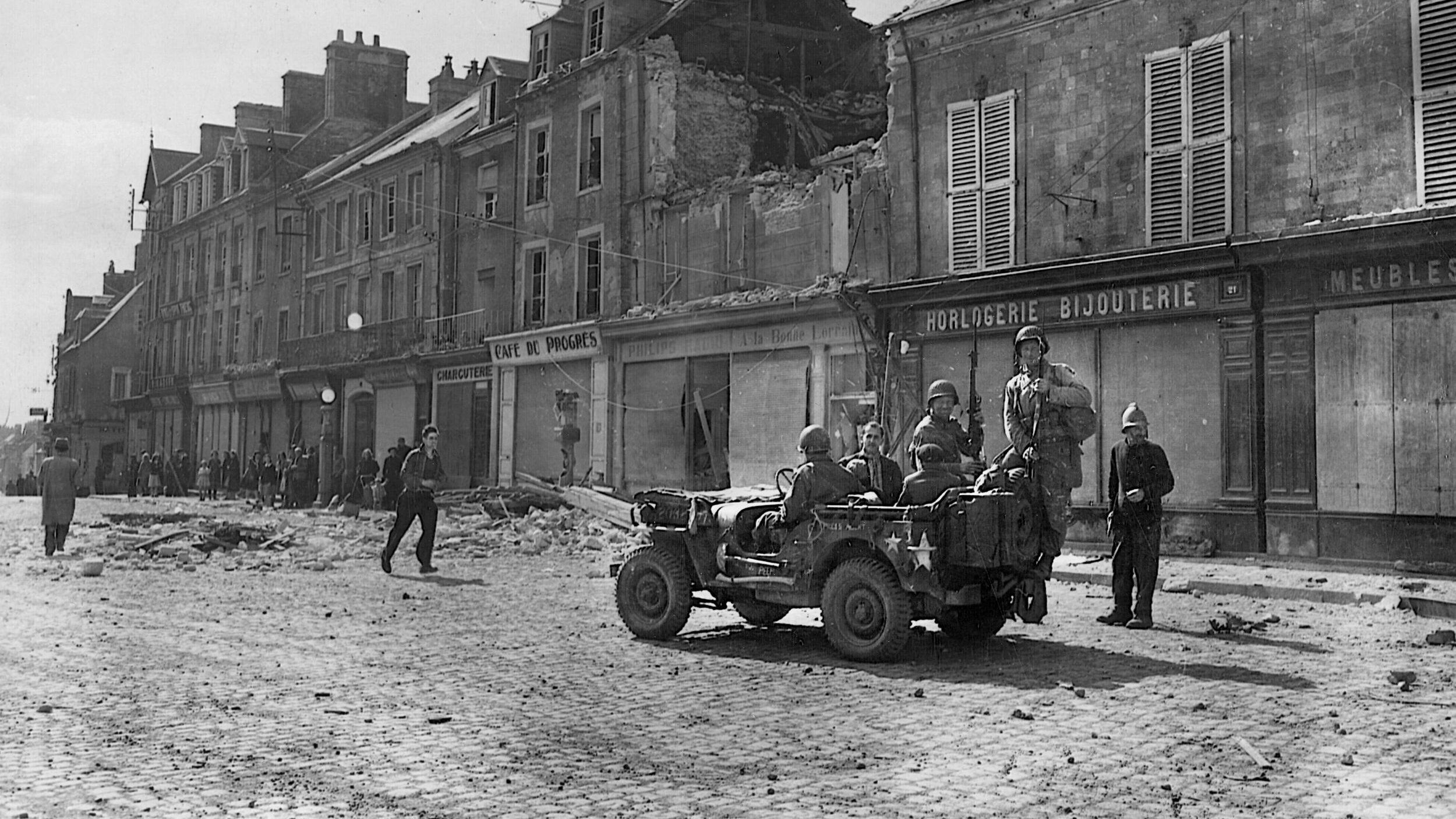
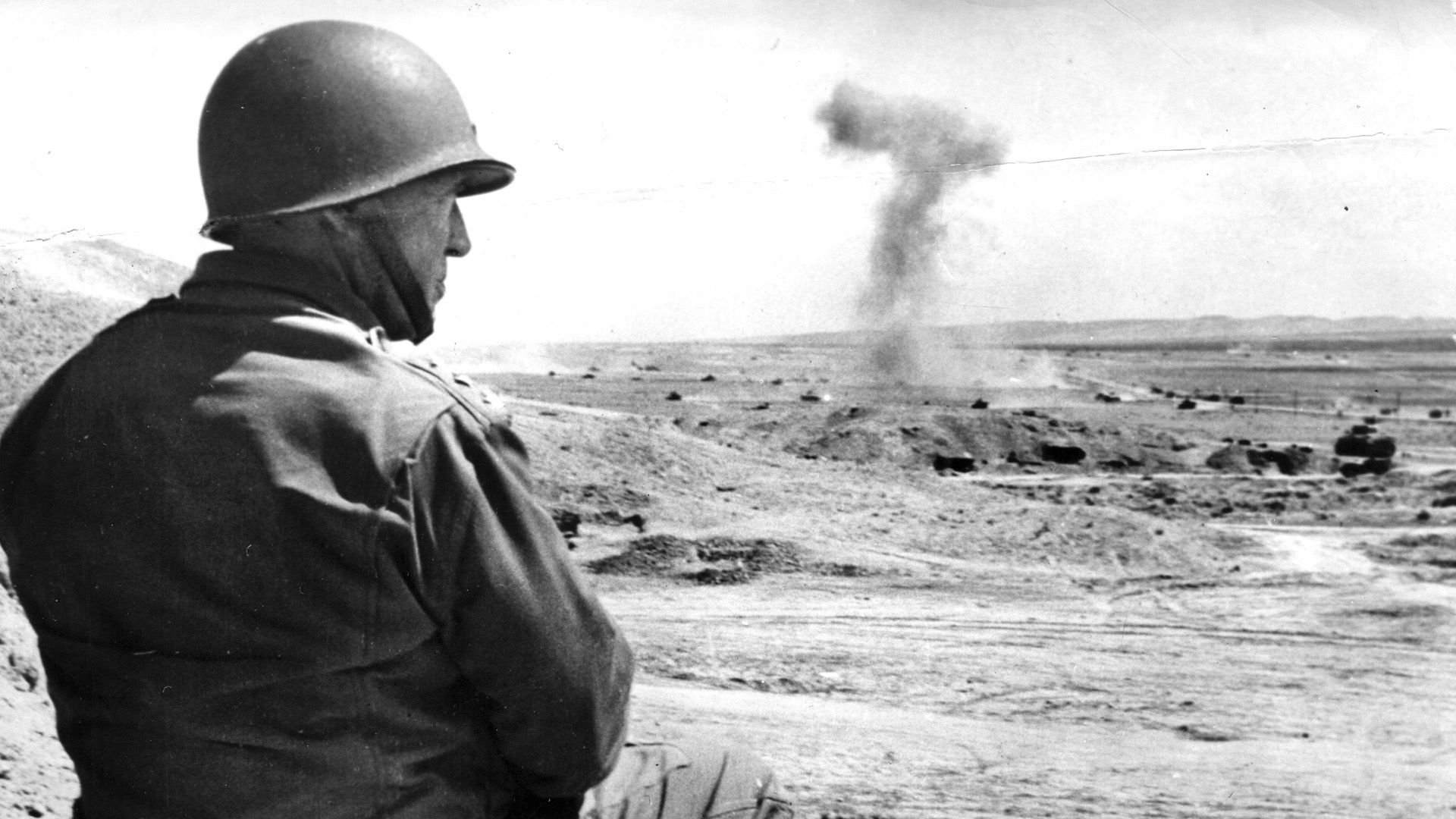
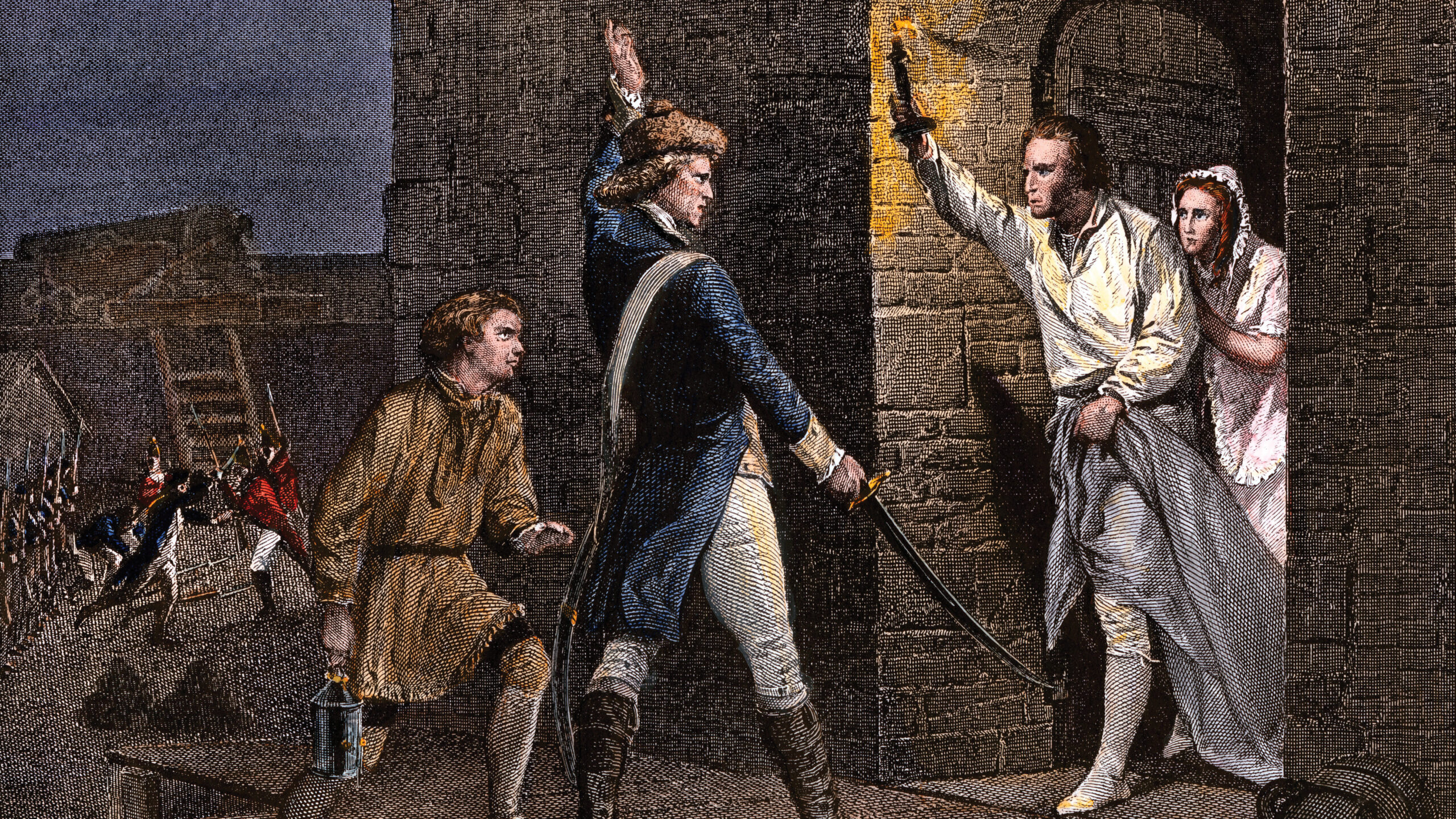
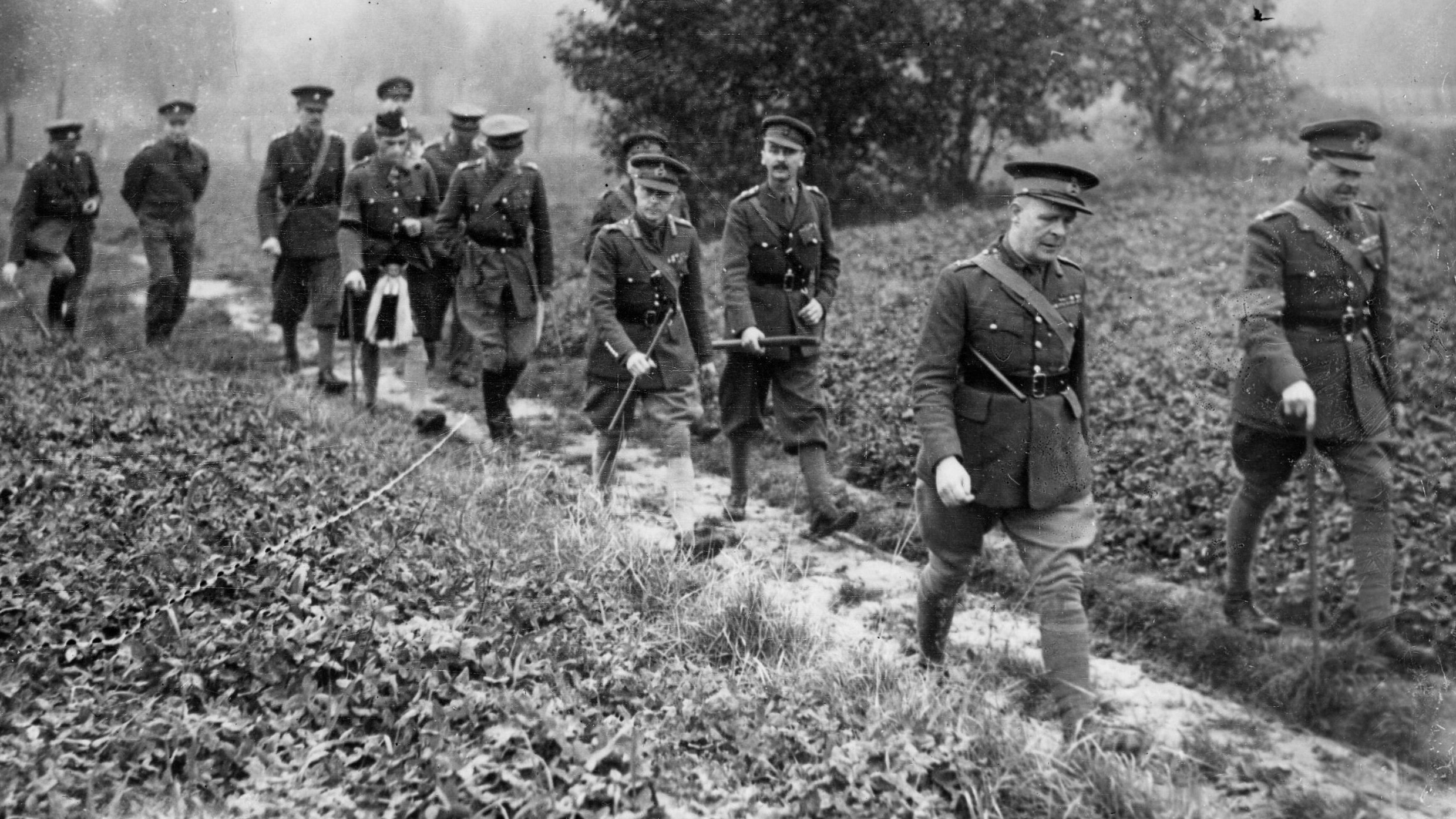
Join The Conversation
Comments
View All Comments